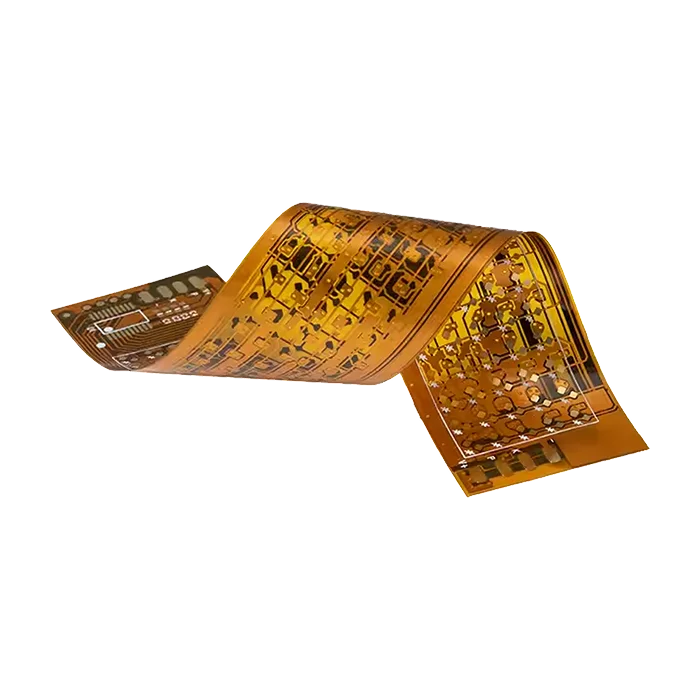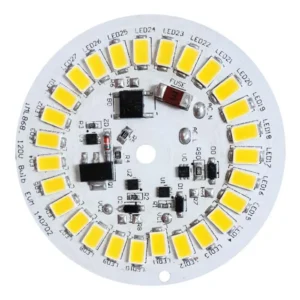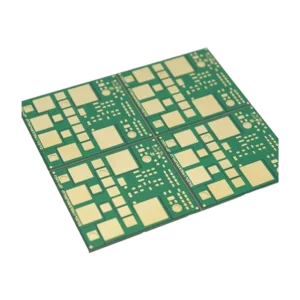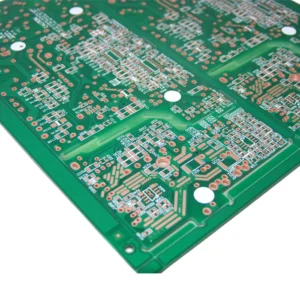Multilayer flexible PCB with advanced routing capabilities
$36.90
Multilayer flexible PCB contains three or more conductive layers and interconnects them through plated through holes. Components are mounted on the top and bottom layers of the multilayer flex circuit board, while the inner layers are designed for routing. This solution is to accommodate more routing signals without increasing the occupied space.
Shipping fee and delivery date to be negotiated. Send inquiry for more details.
Your payment information is processed securely. We do not store credit card details nor have access to your credit card information.
Claim a refund if your order is missing or arrives with product issues, our support team would deal with your refund within 24 hours.
| Layer Counts | 8L |
| Base Material | Polyimide (PI) |
| Board Thickness(mm) | 1.2 |
| Max board size(mm) | 570*670 |
| PCB size tolerance | ±0.3mm |
| Min. Hole Size | 0.1mm |
| Min. Line Width | 5mil |
| Copper Weight | 1oz |
| Surface Finish | ENEPIG |
| Certificate | UL, RoHS, ISO, and REACH |
 Multilayer flexible PCB with advanced routing capabilities
Multilayer flexible PCB with advanced routing capabilities
| 5 star | 0% | |
| 4 star | 0% | |
| 3 star | 0% | |
| 2 star | 0% | |
| 1 star | 0% |
Sorry, no reviews match your current selections
Questions & Answers
1.What is your lead time?
It usually takes 1–3 days for prototypes. For mass production, expect 7–15 days, depending on the order quantity and the design complexity.
2.How do you ship orders?
We use several shipping methods including express services, air freight, and ocean freight, based on the urgency and requirements of your order.
3.How many layers can a multilayer flexible PCB have?
The number of layers in a flexible PCB depends on the design requirements. The most commonly used multi-layer circuit boards at present are 4-layer, 6-layer, and 8-layer. You need to note that as the number of layers increases, the PCB becomes more difficult to bend.
4.Why are odd-layer flexible PCBs rare?
Due to the lack of structural symmetry, odd-layer PCBs are prone to warping during lamination, affecting the soldering effect and product reliability. The warping of four-layer flexible PCBs is easier to control than that of three-layer ones, so designers usually avoid odd-layer designs.
5.What are the main benefits of multilayer flexible PCB?
Multilayer flexible PCBs offer higher circuit density, better signal integrity, enhanced impedance control, and unparalleled design flexibility.







